Submitted by WA Contents
2017 Bi-City Biennale of Urbanism\Architecture to discuss "Cities, Grow in Difference" in Shenzhen
China Architecture News - Dec 12, 2017 - 07:34 19937 views
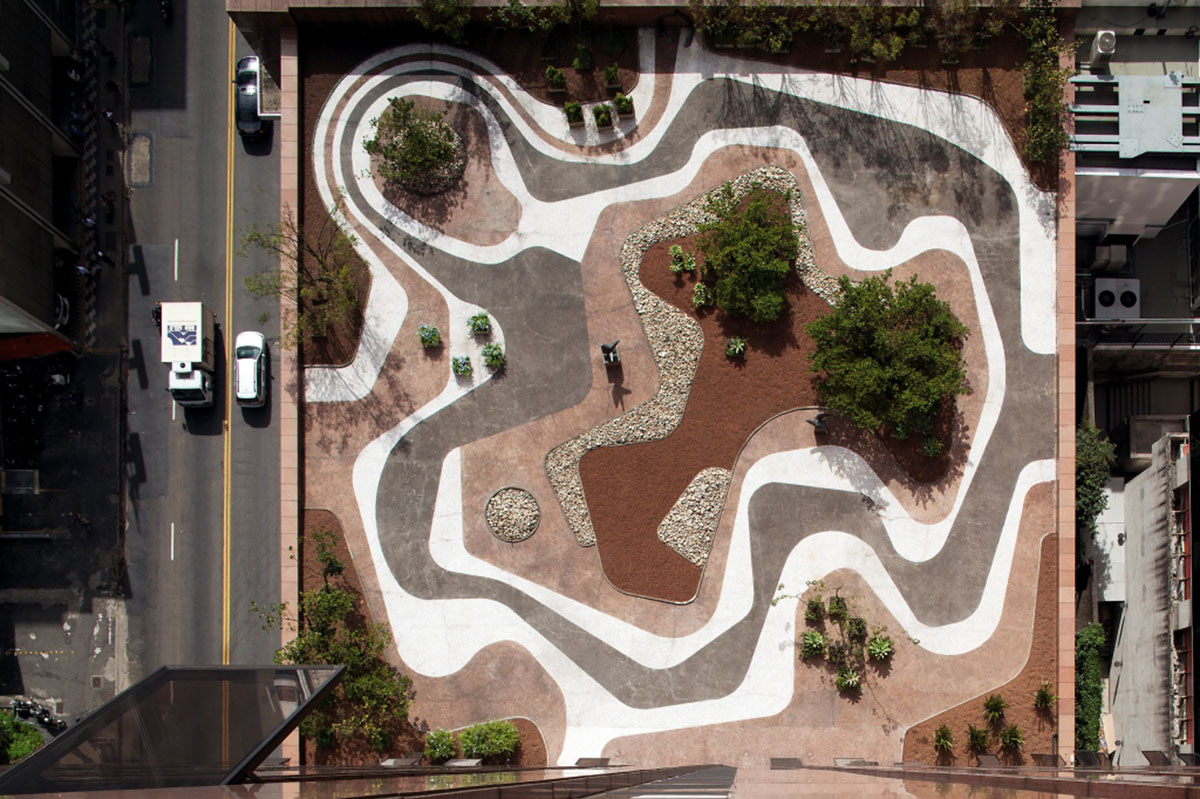
The Bi-City Biennale of Urbanism\Architecture (UABB), the only exhibition in the world to explore issues of urbanization and architectural development, will be opening for its 7th edition on December 15th, 2017. UABB will be held at Nantou Old Town in Nanshan district, an urban village that was once the administrative center of the Bao'An County.
Hou Hanru, Liu Xiaodu, and Meng Yan (in alphabetic order) make up the curatorial team, all known for notable accomplishments in their respective fields. UABB is thrilled to host more than 200 award-winning exhibitors from 25 countries to share their perspectives on diversity and urban villages at this year’s biennale.
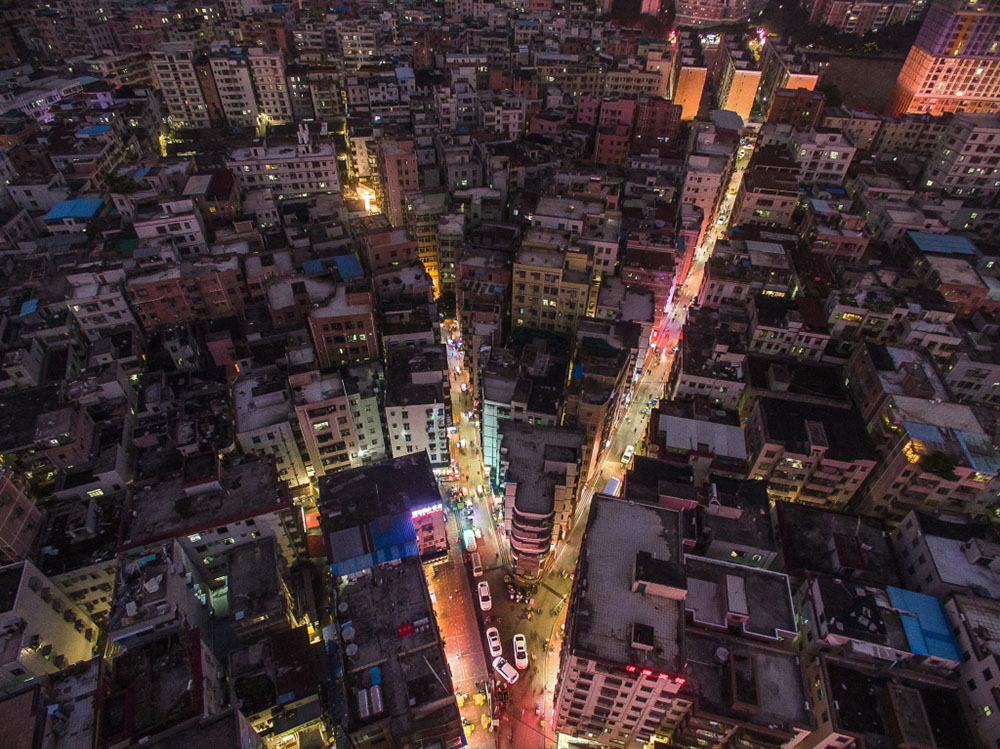
Image © Zhang Chao, courtesy of UABB 2017
Exploring Integrated Diversity in the Urban Context
Cities, Grow in Difference, organized into three sections, will represent the interpretation of Chinese/global urbanization and the future prospects of cities. Shenzhen’s urban villages are a combination of top-down urban planning and bottom-up spontaneous growth, making up 45% of the population while occupying only 16.7% of the space. Cities, Grow in Difference seeks to embrace diversity at different levels of society while resisting cultural centralism by creating alternatives to mandatory planning.
UABB’s main venue is Nantou Old Town, an urban village that embodies the past and present, East and West. The exhibition will be spread throughout the community of Nantou, creating an interactive experience for locals and visitors alike. UABB is both an exhibition of the urban site witnessing the most dramatic urbanization in the 20th and 21st centuries.
This year UABB will be partnering with architects, artists, and designers to share their thoughts about urban culture through its first ever art exhibition. UABB 2017 aims to gain examples of urban development in Shenzhen and create a broadened discussion of urban issues. Despite the distinctive venue and topics, this year's biennale is only not restricted to discussions of urban villages in China, but it also serves as an opportunity to experience resistance and find alternatives to mandatory planning.
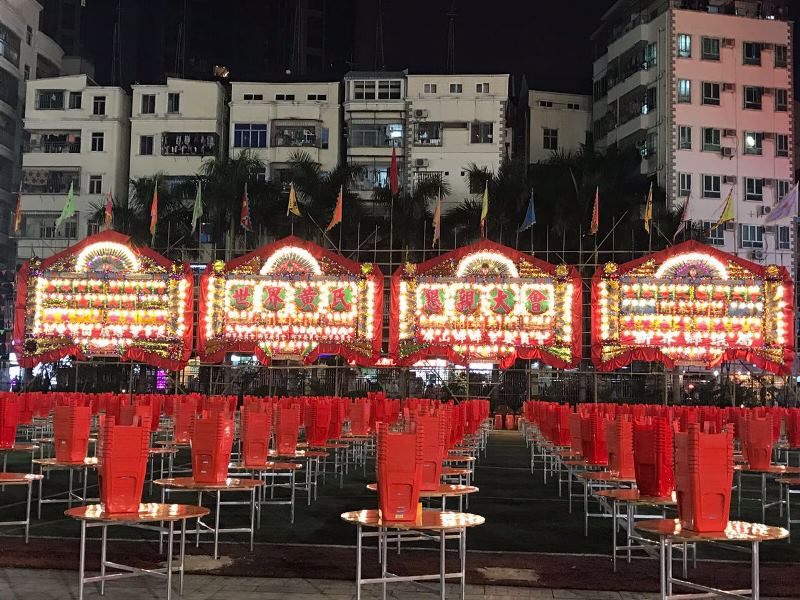
Image © Choi Wingkei, courtesy of UABB 2017
Two Worlds Collide: Architecture and Art Connoisseurs Gather at UABB 2017
Under the theme of Cities, Grow in Difference, there will be three sections to provide context, real examples, and interventions to further understand and improve quality of urban villages in China. The first section World | South, curated by Liu Xiaodu, will provide a background for the theme Cities, Grow in Difference.
To share a spectrum of perspectives on the relationship between geographical space and urban development, World | South will present the Southern world from dimensions of natural evolution, historical change, geopolitical shift, and world development. It will also explore local-global governmental dynamics and its effect in modern society. This section features Chinese architect Liu Jia Kun whose works have been featured in Germany, France, and Italy.
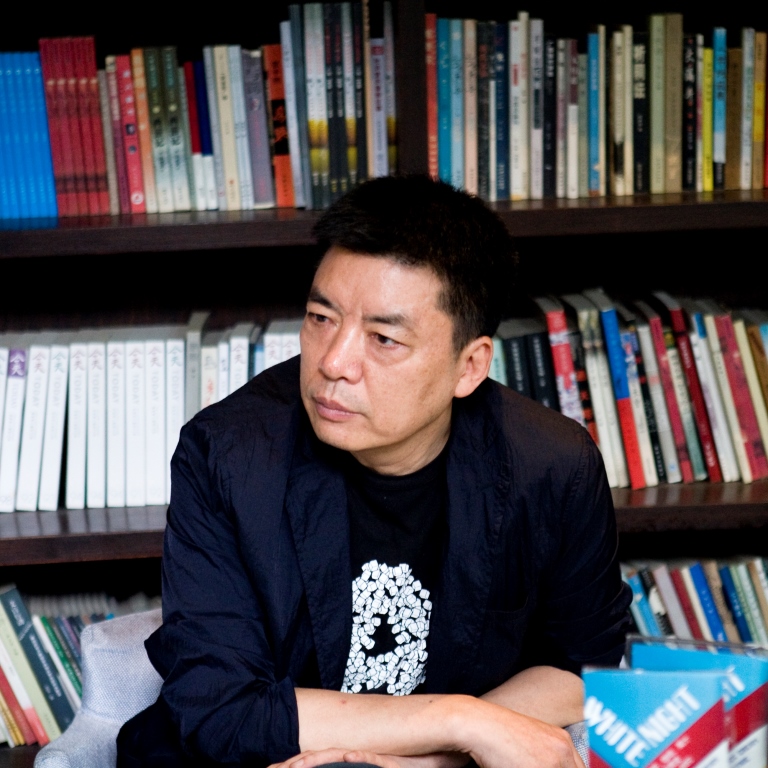
Chinese architect Liu Jia Kun. Image courtesy of UABB 2017
The City | Village section is curated by Meng Yan and will detail the situation of China’s urban villages. Urban | Village consists of four sections: the Archive, featuring architectural photographer Zhang Chao, who has been featured in multiple international magazines, present the origin and development of urban villages; the Armoury details archived cases and proposals; with Iranian-American architect Nader Tehrani alongside Dutch architecture team MVRDV who will exhibit The Why Factory installation. UABB’s premier curator Chang Yung Ho will also be working to make Nantou a cultural stop for the future.

Iranian-American architect Nader Tehrani. Image courtesy of UABB 2017
The Art Making Cities marks UABB’s first ever art exhibition, directed by co-curator Hou Hanru, and opening new grounds in the art design world. Art Making Cities explores the unorthodox city-making approaches and its effects on villages.
A series of urban art intervention projects will be conducted by exhibitors who have organised their own social experiments: World War II survivor Yona Friedman, will be arriving for his first time to Shenzhen; David Hammons, known as one of the most expensive artists in the world, will be joining UABB for his passion in social issues; Cinthia Marcelle, will bring her award-winning pieces to interpret urban villages; Brazilia artists Boa Mistura will colour the streets of Nantou, while Tatzu Nishi will transform it as he has done with landmarks in Manhattan and Amsterdam.
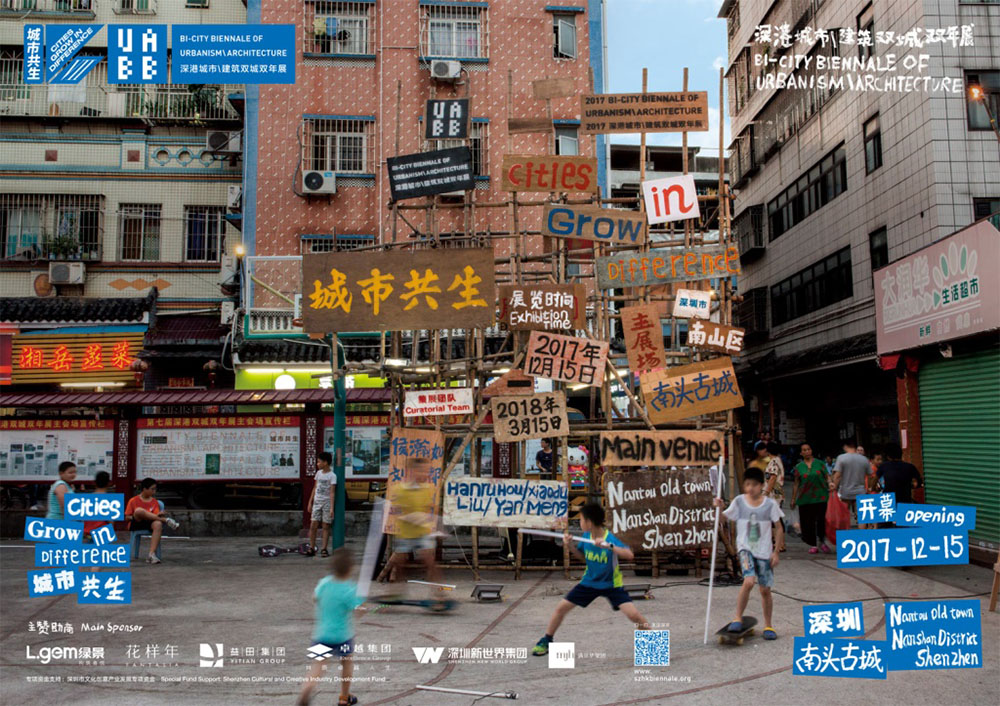
Image courtesy of UABB 2017
Rejuvenation and Preservation Intertwine at Nantou Old Town
Experiencing immense pressure from rapid urban growth, the urban village of Nantou underwent spontaneous development due to its historical legacy and local policies. In a rush to meet growing housing demands, villagers built higher levels atop the regulated two-storied residential buildings resulting in high-density blocks of "hand-shaking towers" in the urban village.
This presents local governments with a dilemma between protecting historical heritage and renovating to improve quality of life. Refurbishing the venue according to villagers’ feedback serves as an alternative to the demolition old spaces. The exhibition will place art works throughout the village, including lanterns and plants, to create a spontaneous atmosphere for the space. UABB’s design team hopes that their efforts of art and architecture in the venue will help to reestablish opportunities for Nantou Old Town.
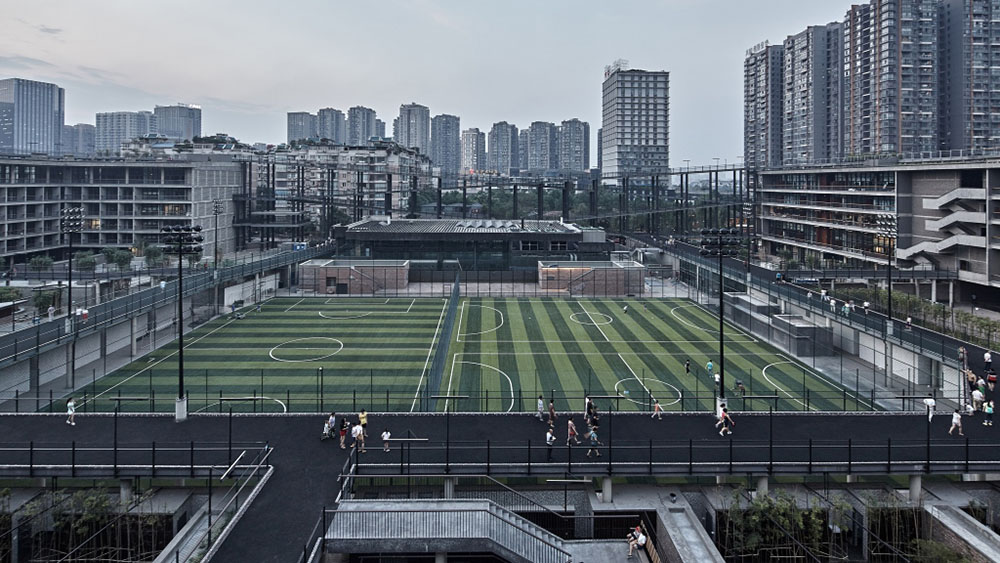
Image © Liu Jia Cun & Xi Cun Bei Sen, courtesy of UABB 2017
UABB History: Past, Present, Future
Initiated in 2005 by Shenzhen and later co-organized by the two neighboring and closely interacting cities of Shenzhen and Hong Kong, UABB situates itself within the regional context of the rapidly urbanizing PRD. Curated by China’s "Father of Architecture" Zhang Yung Ho, the first UABB was themed "City, Open Door!". Since then, UABB has gathered crowds from all over the world, making it an internationally acclaimed event. 2007’s edition was themed "City of Expression and Regeneration" and was curated by Qingyun Ma.
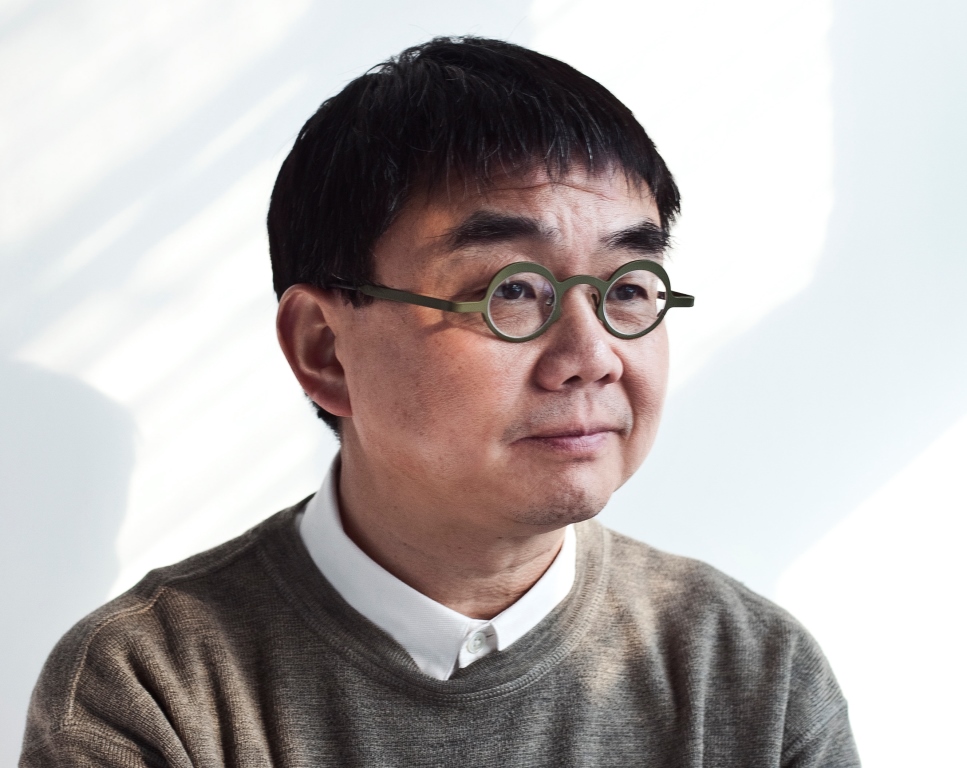
Chinese-American architect and Professor of MIT Architecture, Zhang Yong He. Image courtesy of UABB 2017
As UABB moved from passive observation to active intervention, 2009 was themed "City Mobilisation" and was curated by Ou Ning. Terence Riley was the first non-Chinese curator for UABB in 2011 and curated it under the theme "Architecture creates Cities. Cities create Architecture".
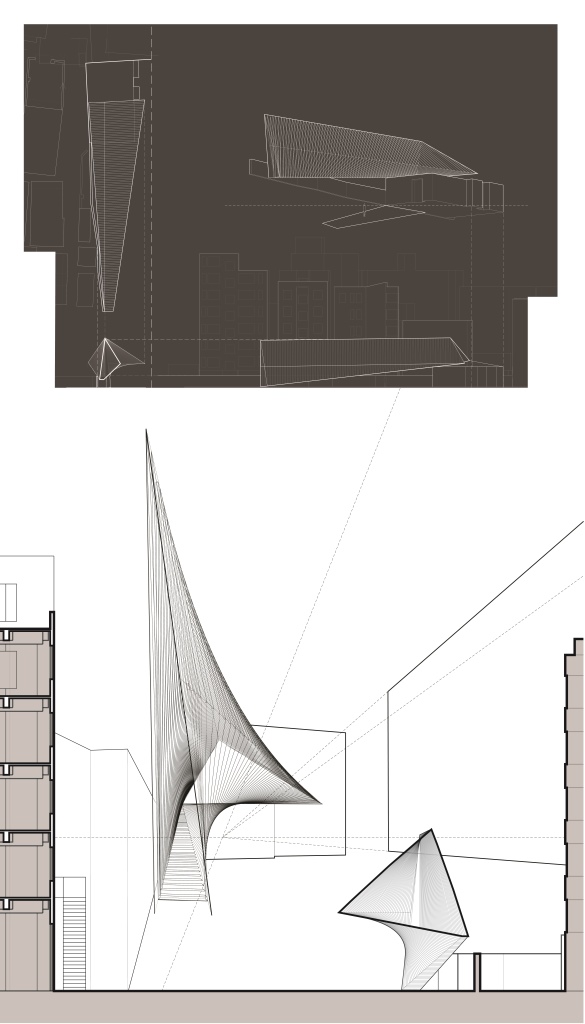
Nader Tehrani's work. Image © Zhulang Huagai
The 2013 exhibition themed "Urban Border" curated by Ole Bouman, Xingning Li, and Jeffrey Johnson explored the distinctions between Shenzhen and Hong Kong, the biennale transformed two neglected industrial sites in the Shekou.
2015 had Aaron Betsky, Alfredo Brillembourg, Hubert Klumpner, and Doreen Heng Liu guiding the biennale under the theme “Re-living the city”. This year, the curatorial team will lead UABB 2017 to greater heights under the theme of Cities, Grow in Difference.
Top image © Leonardo Finotti, courtesy of UABB 2017
